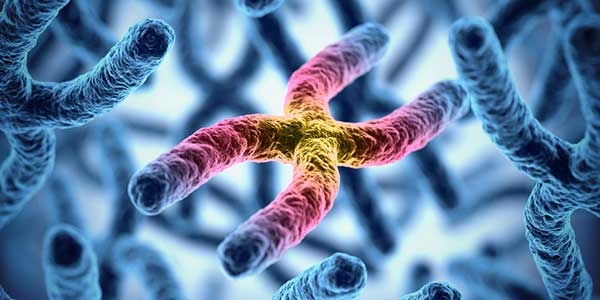Types of ageing in gerontology
Ageing can be categorized into two main types:
-
Normal Ageing (Primary Ageing)
Normal ageing refers to the biological process of gradual functional and physiological decline over time. This natural deterioration is proportional to an increased risk of disease and mortality. -
Pathological or Premature Ageing (Secondary Ageing)
Pathological ageing occurs due to conditions that cause functional decline independent of the normal ageing process. An example is preclinical Alzheimer’s disease, where cognitive impairment develops beyond what is expected for a given age.
Classification of age
Age can be classified into various dimensions:
-
Biological (Physiological) Age
Determined by lifestyle factors such as physical fitness, skin elasticity, hair greying, sleep patterns, and sexual maturity. -
Chronological Age
A straightforward measurement of an individual’s age in years. -
Psychological Age
Reflects an individual’s cognitive maturity, emotional resilience, and ability to adapt to life’s challenges. -
Social Age
Defined by interpersonal skills and the ability to fulfill social roles and expectations. -
Functional Age
A measure of physical and cognitive abilities, integrating aspects of biological, psychological, and social ageing.
Molecular or cellular age
Molecular or cellular age is a relatively recent scientific concept that defines ageing at the genetic and cellular level. This perspective is based on telomere biology, cellular repair mechanisms, and accumulated molecular damage over time.
The role of telomeres in ageing
At the ends of our chromosomes, there are protective DNA sequences called telomeres. These telomeres act like the plastic caps on shoelaces, preventing DNA strands from fraying and deteriorating.
- Each time a cell divides, its DNA replicates, and telomeres shorten slightly in the process.
- When telomeres become critically short, they signal the cell to either stop dividing (senescence) or self-destruct (apoptosis).
- If a cell bypasses these mechanisms, it may continue dividing uncontrollably, increasing the risk of mutations and cancer.

Factors affecting molecular age
Molecular ageing varies between individuals due to several factors:
- Genetic Inheritance – Some people are born with longer telomeres, giving them a biological advantage in cellular longevity.
- Lifestyle and Environment – Factors such as smoking, poor diet, chronic stress, and lack of exercise accelerate telomere shortening.
- Oxidative Stress – Accumulation of free radicals from metabolic processes damages cellular structures, including DNA, contributing to ageing.
- Inflammation – Chronic inflammation (from infections, obesity, or autoimmune diseases) accelerates telomere erosion and cellular ageing.
Cellular senescence and age-related diseases
When telomeres become too short, cells enter a senescent state, meaning they no longer divide but remain metabolically active. These cells:
- Secrete inflammatory molecules that disrupt normal tissue function
- Contribute to age-related diseases such as cardiovascular disease, diabetes, and neurodegenerative disorders
- Reduce tissue regeneration, leading to frailty and functional decline in the elderly
Telomerase: the anti-ageing enzyme
Some cells, like stem cells and cancer cells, can produce telomerase, an enzyme that rebuilds telomeres and allows indefinite cell division. While telomerase activity can be beneficial in maintaining healthy cells, excessive activation can also promote cancer growth.
Implications of molecular ageing
Unlike chronological age, molecular age is highly individualized—even identical twins may have different telomere lengths due to lifestyle differences. This concept has led to research into:
- Biological age testing using telomere length as a biomarker
- Interventions to slow cellular ageing, such as telomerase-activating compounds, lifestyle modifications, and emerging gene therapies
Molecular ageing provides deeper insight into why individuals of the same chronological age may have vastly different health outcomes. It highlights the role of cellular maintenance, repair mechanisms, and genetic predisposition in determining lifespan and quality of life.
